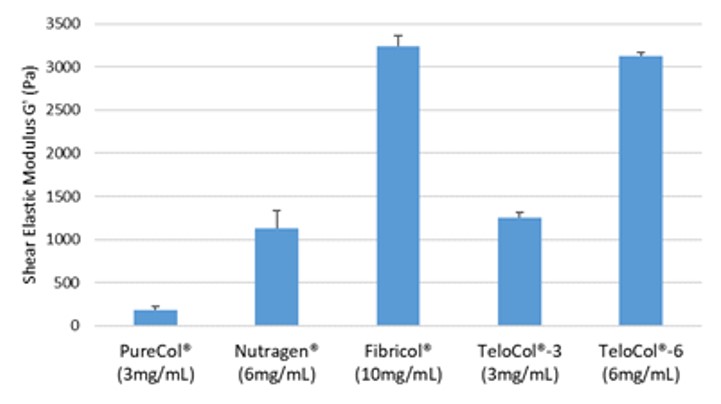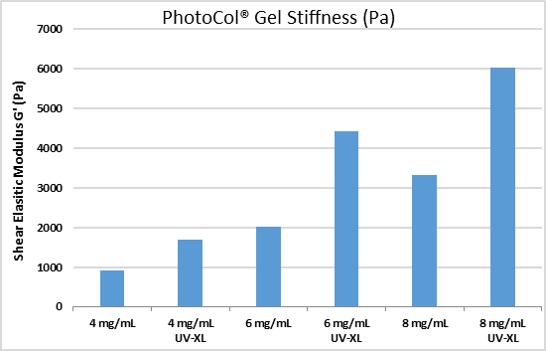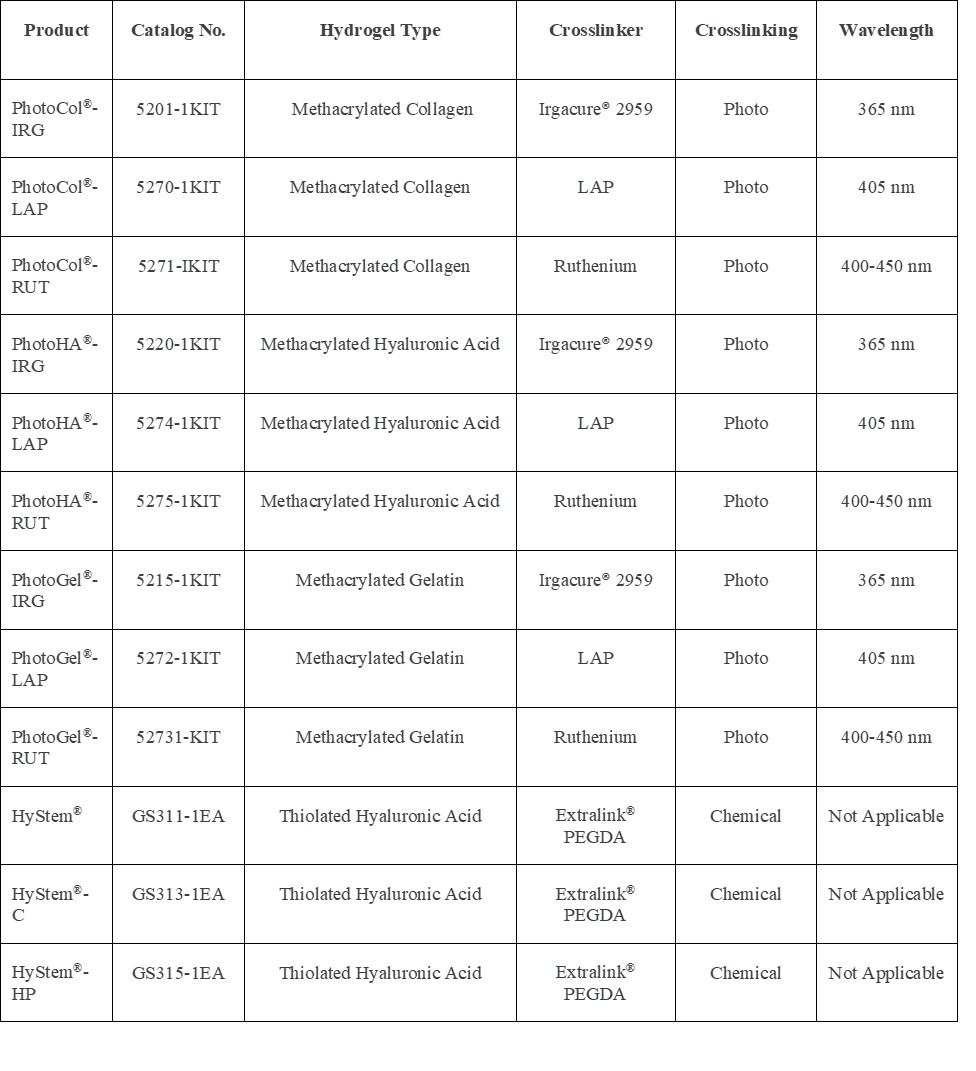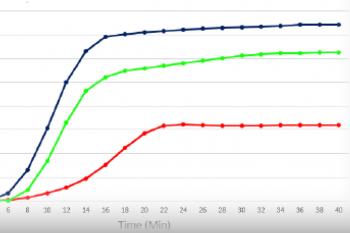Tunable Stiffness
Tunable Hydrogels
The rigidity (stiffness) of the substrate to which cells adhere can have a profound effect on cell propagation, differentiation, lineage specification, gene expression, morphology, self-renewal, pluripotency and migration.
Hydrogels where the mechanical microenvironment can be tuned to provide an in vivo-like environment are desirable. Natural hydrogels from proteins such as collagen or other extracellular matrix components such as glucosaminoglycans are of special interest due to their biocompatibility and resemblance to the human body.

Methods of Tuning Stiffness of 3D Hydrogels
At Advanced BioMatrix, we offer a range of products that can be tuned to create 3D hydrogels of varying ridigity or stiffness. These products include various Type I collagen solutions, methacrylated ECM's and thiolated hyaluronic acid.
The most common methods used for tuning substrate stiffness include adjusting:
- Protein concentration
- Temperature
- Degree of methacrylation or thiolation
- pH
- Type of photoinitiator
- Photoinitiator concentration
- Photocrosslinking time, intensity or wavelength
By adjusting these various "knobs," researchers have been able to use some of our products to create 3D hydrogels of various stiffness covering the entire physiologically relevant range (0.2 kPa - 64 kPa).
This graph shows both telocollagen and atelocollagen products at various concentrations, demonstrating tunability of standard collagen materials.

Image above: Plateau storage modulus taken from parallel plate dynamic shear rheometry. All materials evaluated at 1Hz with the exception of PureCol® which was evaluated at 0.1Hz. Bars represent mean ± S.D. for n2 replicate samples.
Photocrosslinking and Chemical Crosslinking
Photo and chemical crosslinking methods can increase the mechanical properties of the hydrogel in both strength and flexibility of the hydrogel as compared to thermally crosslinked hydrogels.
Tunable hydrogels typically have functional groups, such as OH, COOH, and NH2. 3D networks can be established by covalent bonding functional groups using photocrosslinking such as employed with PhotoCol®, PhotoHA® and PhotoGel®.
The HyStem® product line employs a chemical crosslinking method using thio-reactive chemistry.
This graph shows PhotoCol® gel stiffness results using Irgacure® 2959 as the photoinitiator at various concentrations with and without UV photocrosslinking (365 nm).

Summary of Chemically Modified Extracellular Matrices

This table shows a summary of our chemically modified extracellular matrix proteins that can form 3D hydrogels of various stiffness, with a high level of tunability.



